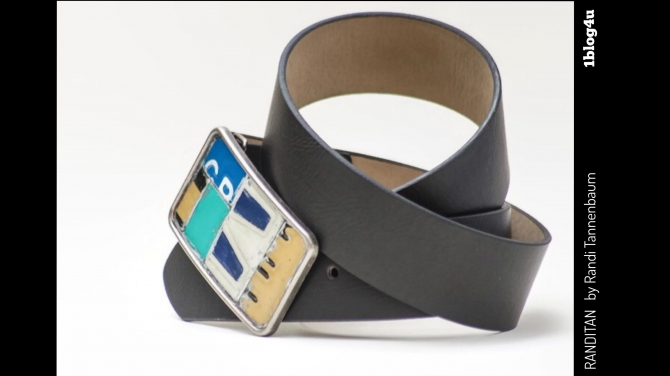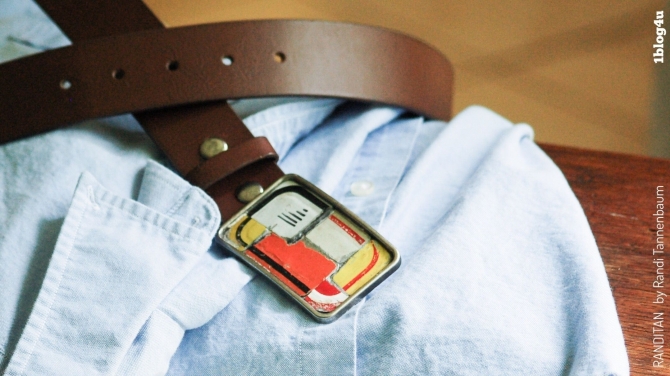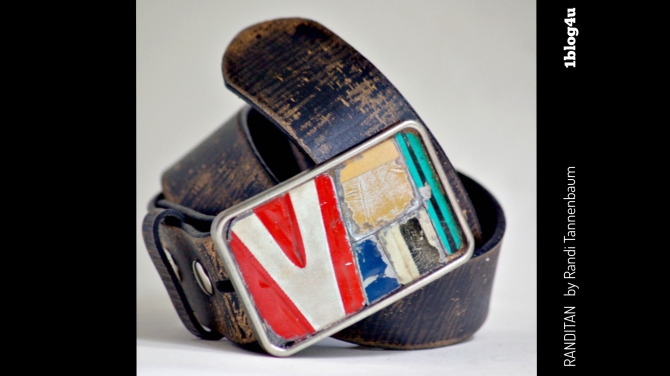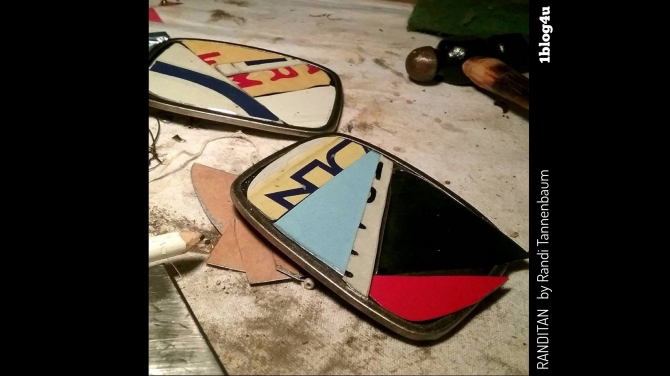RANDITAN by Randi Tannenbaum
I met Randi Tannenbaum, owner of the Randitan brand, by pure coincidence, while doing a Google search. I found her through some photos on the subject "Saturday Recycling", covered by our blog. Unfortunately, when you do a search on DIY topics, you find all sorts of things, and not necessarily something cute or elegant. Randi Tannenbaum's work stands out: it is very special, elegant and out of the ordinary. In a single stroke, I had found something for our Saturday Recycling section and also something for Fashion and Accessories. That is right! Randi, in fact, among the many other things, creates fantastic belt buckles.
I looked for her site, her social profiles, and I observed her for some time. I noticed she is an artist with a strong character, but also kind and polite, qualities that today are as rare as hens' teeth. The rest is history. I contacted her for an interview and, as I always say, I hope that reading about Randi's path will give someone inspiration to realize his or her dream.
Thank you, Randi, for giving us some of your time, and thank you, Sergio Bellotti, for his simultaneous translation.
Enjoy the reading.
Gabriella Ruggieri for 1blog4u
GABRIELLA: I would like to start with basic personal data and your study path.
RANDI: first of all, I would like to say that I've been able to read your blog. I read all the interviews. I found your blog very interesting and fascinating: you did a great job and I'm not so sure that my story can be as interesting as some of the others, but ... here I am.
I was born in Philadelphia, Pennsylvania in '56. My dad is a doctor and I was born when he was studying at the University. I have 2 brothers and one sister. I majored in psychology and anthropology, and later I got a Master in Art Therapy.










